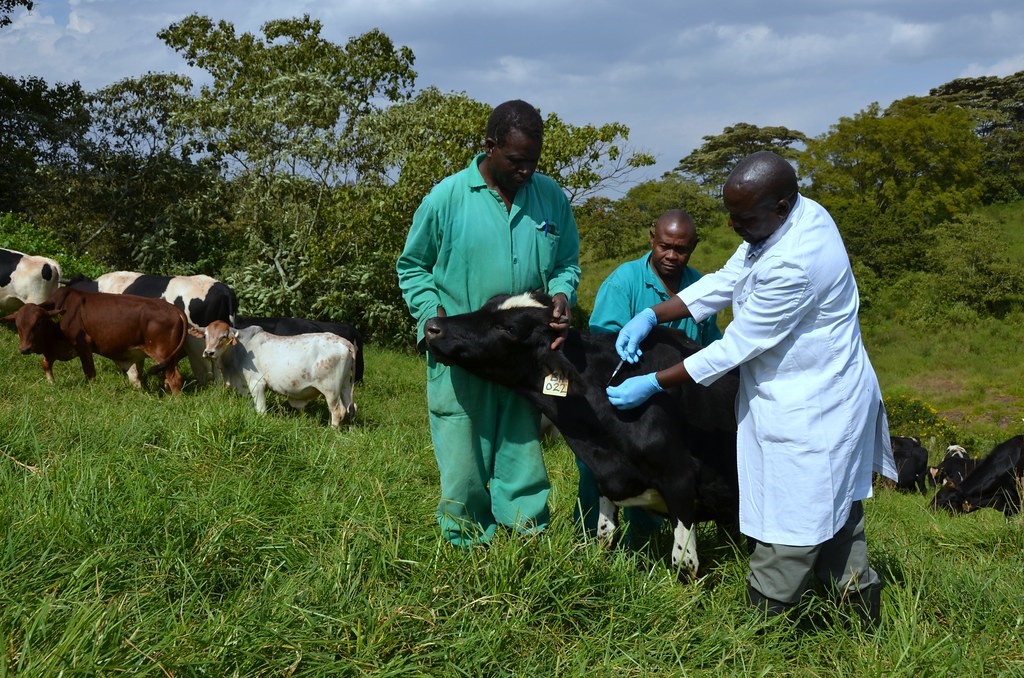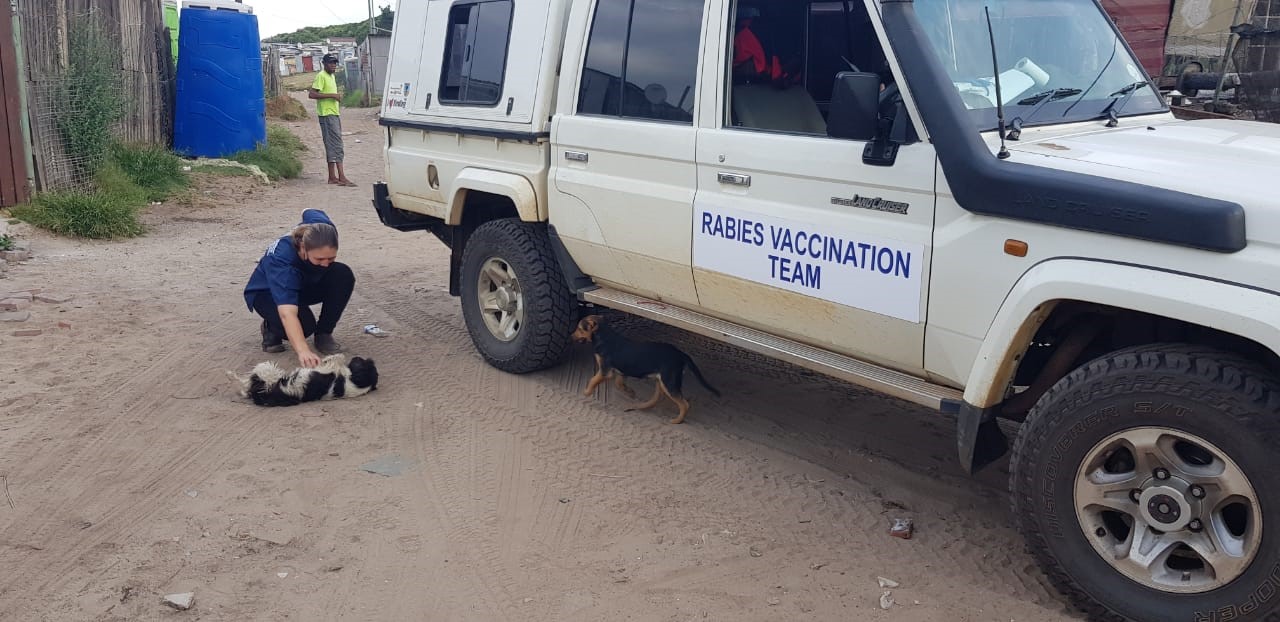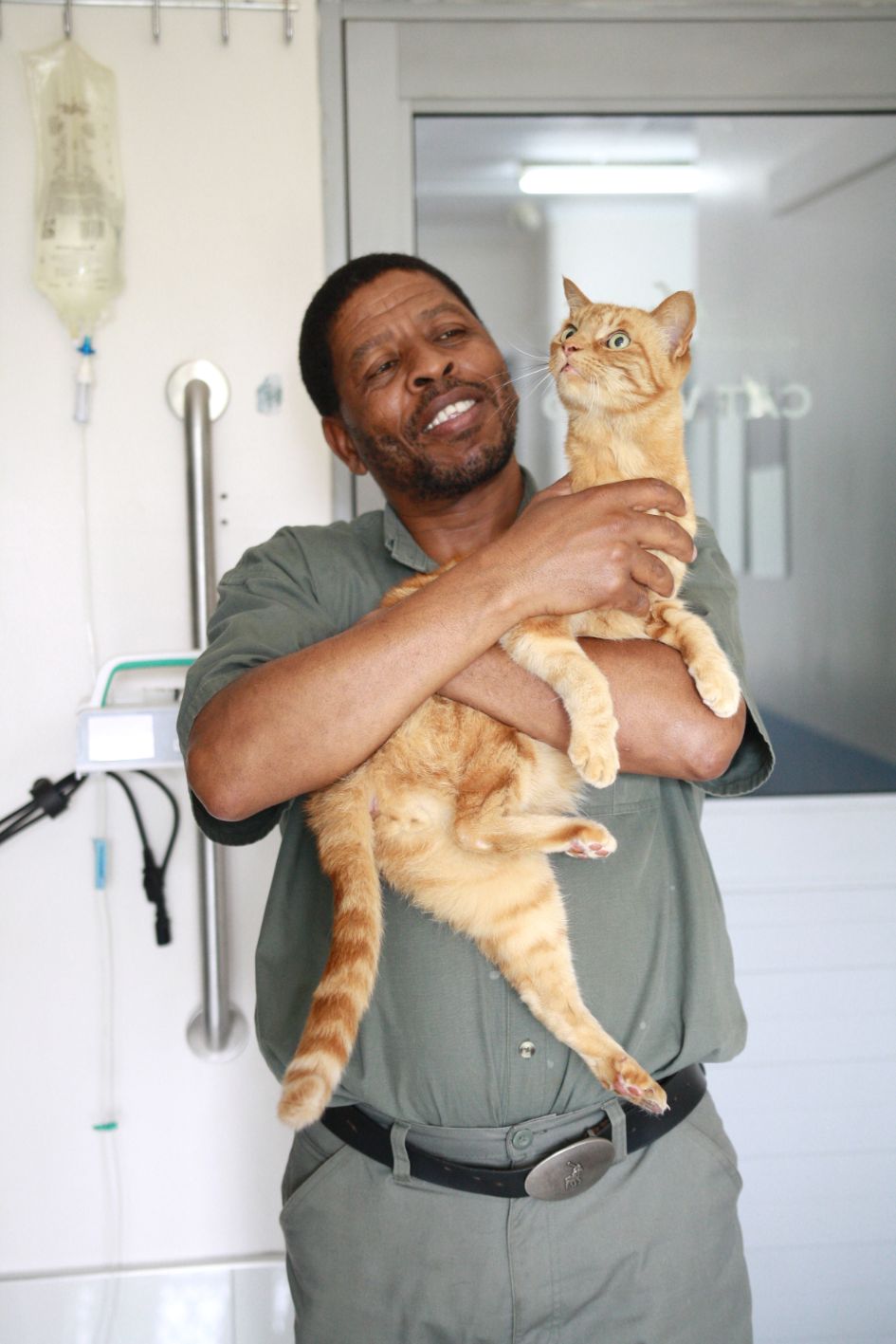Humans and animals share a special and close bond, especially when it comes to our beloved pets and our livestock. But think twice before giving your parakeet an affectionate peck on the beak, letting your dog lick your face or cuddling up with your new kitten until it’s received a clean bill of health from an animal healthcare professional.
Why? Well, your cute pets or farm animals might just be harbouring a zoonotic disease, which is an infection that is transferred between animals and humans. And be aware that there are some diseases that we can transmit to our beloved animals, too.
“The best-known zoonotic disease is rabies, which is transmitted from an infected mammal – usually a dog – to humans, and can be fatal if not treated immediately. So, avoid stray dogs and those exhibiting erratic behaviour,” says Dr Nandipha Ndudane, the president of the South African Veterinary Council (SAVC). Tick bite fever is another well-known zoonotic disease that is prevalent in Southern Africa.
In the home, kittens and puppies can carry ringworm that poses a danger to immunocompromised pet owners. Also, birds such as budgies and parrots can transmit psittacosis – or parrot fever – to humans, resulting in flu-like symptoms or severe pneumonia.
Furthermore, cattle tuberculosis (caused by Mycobacterium bovis) can be transmitted between humans and animals – through unpasteurised milk, infected animal carcasses or meat that hasn’t been cooked properly. Another zoonotic disease is brucellosis, a bacterial infection causing flu-like symptoms that not only affects livestock but also humans who are in contact with infected animals and contaminated animal products, or who consume unpasteurised milk from infected livestock. Unlike flu, however, brucellosis can become chronic and debilitating if not diagnosed and treated timeously.

We also need to prevent the spread of disease from humans to animals – for example, human tuberculosis (M. tuberculosis) can be transmitted to other mammals, including dogs, cats, livestock and wildlife such as primates. If you have an illness that can affect animals, take special precautions to keep them safe.
Dr Ndudane says it’s imperative for farmers, people who work with animals and members of the public to know more about the close relationship between human, animal and environmental health – also known as “One Health” – to prevent zoonotic diseases from spreading.
The SAVC also hopes to raise awareness about the vital role veterinary and para-veterinary professionals play in curbing disease outbreaks, thereby contributing to public health and food security.
“We urge pet owners to educate themselves about the symptoms of important zoonotic diseases, and mention them to your doctor if you suspect they might be relevant when you are feeling ill. Wash your hands thoroughly after playing with pets or handling animals, and ensure your children do so, too. Clean your pet’s litter box and living quarters regularly. Do not touch or interact with wild animals, as they might be carrying an infection you don’t know about,” advises Dr Ndudane.
Zoonoses also pose an economic threat to farmers – including subsistence, small-scale and emerging farmers – and agricultural workers, making preventative measures vital, says Dr Ndudane.
“Most of our farmers are aware that healthy herds and flocks mean healthy products and profits, but education about animal health and food safety needs to be an ongoing process,” she says. Here, para-veterinary professionals and community animal health workers who are trained in primary animal healthcare can show farmers how to protect their herds through vaccination and other biosecurity measures.
“For anyone working in meat and dairy production, it’s vital to take precautionary measures when handling animals, as well as animal products and by-products. Educate yourself as to what is normal and abnormal animal behaviour so you can recognise when they are unwell, and of course always practise good basic hygiene and wear gloves, masks and overalls.”
Certain animal diseases, such as rabies, are controlled through national legislation. Controlled and notifiable diseases must be reported to the state so that the government veterinary services can intervene to halt an outbreak – and, if it’s a zoonotic disease, prevent a spillover to humans as well.

“It’s important to view the health of humans, animals and the environment as closely interlinked,” says Dr Ndudane. “We need to reassess how human activities are disrupting how we engage with animals and the environment, because new zoonotic diseases are emerging that pose a serious risk to public health.
“For example, the Nipah virus, a zoonotic disease that affects livestock and humans, is thought to have originated because of fruit bats being displaced from their natural forest habitat due to agricultural expansion in Asia.”
She says it’s therefore vital to find a better balance in how humans engage with wildlife, production animals, pets and the environment – because we are dependent on each other for our common health and well-being.
“Most importantly, be switched on and be aware. And remember to take your animals for regular veterinary check-ups and vaccinations to ensure their optimal health – and yours. We applaud South Africa’s veterinarians and para-veterinary professionals for rendering a valuable public health service in ensuring our animals are healthy and our food is safe to eat.”
Other zoonotic diseases to be aware of:
- Rift Valley fever is transmitted mainly via mosquitoes to livestock or to humans (humans can also be exposed to it indirectly through infected animal carcasses)
- Salmonellosis (caused by the Salmonella bacterium) can be transmitted to humans via contaminated poultry or dairy products, or to workers in contact with infected animals
- Anthrax is a deadly disease that can be transmitted from infected livestock or wildlife to humans – by law, all cattle have to be vaccinated against anthrax in South Africa
- Aspergillosis is a fungal disease that can be transmitted to humans, especially those working in animal production, through infected poultry or other birds, including pet birds
- Q fever is caused by Coxiella burnetii, a bacterium that is transmitted to farmworkers by cattle, sheep and goats
- Toxoplasmosis is a parasitic infection that can be contracted through contact with cat faeces, and is particularly dangerous to pregnant women
- Cryptosporidiosis is a gastrointestinal condition caused by a parasite living in the intestines of humans and pets, and is spread through contact with infected stools
- Cat-scratch fever is a bacterial infection that can be passed to humans through a cat scratch or bite
- The herpes B virus (which often manifests in fever blisters) can be transmitted from macaque monkeys to humans via a bite or a scratch
Useful resources
- National Institute for Communicable Diseases
- Resources | Global Alliance for Rabies Control
- Controlled and Notifiable Diseases – NAHF
- Afrivet – disease identification and treatment
- Zoonoses: Animal Diseases and Man (book and website)








